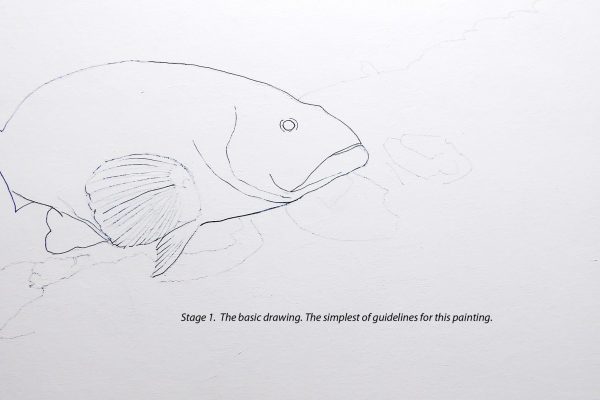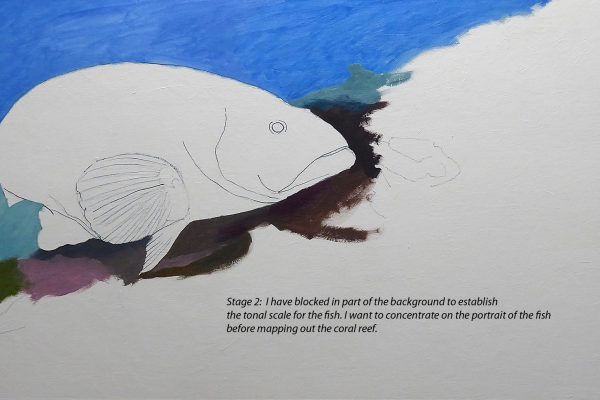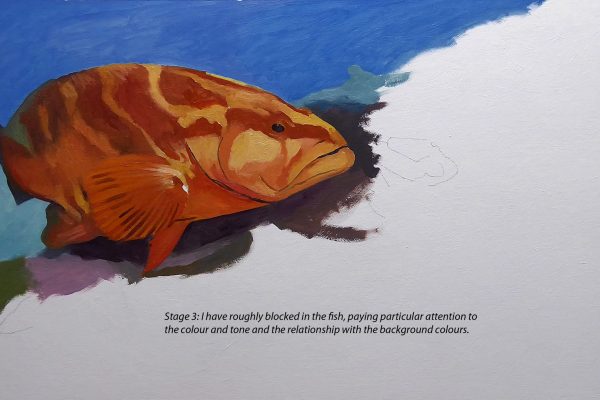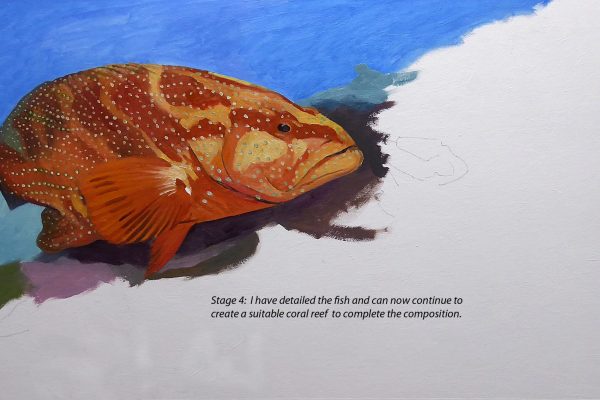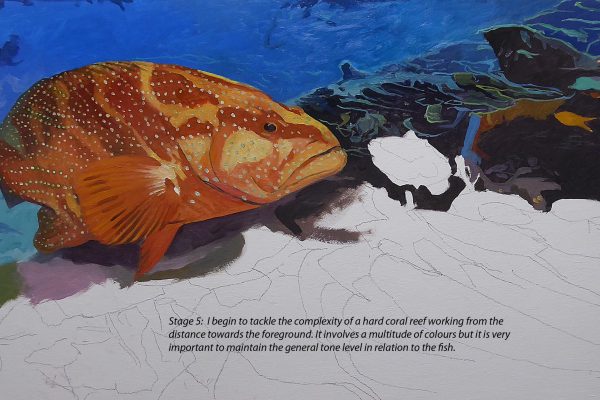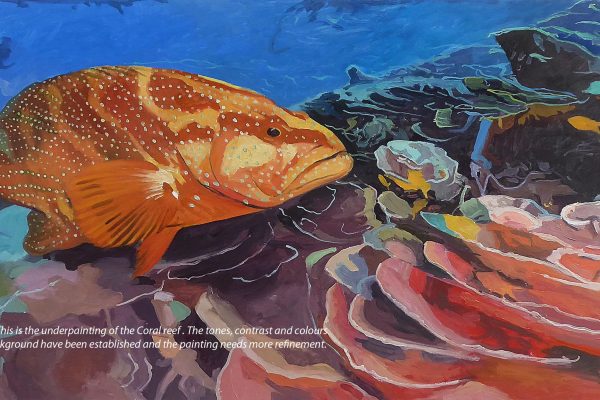Whether it is an old master or a contemporary artist whose paintings I admire, I will endeavour to learn from them. If while browsing through this website you are attracted to my paintings and style of painting, then you may be interested to know how I work.
The Art Side
Since my devon landscape paintings are topographical and fall under the realism genre, the art side of my work is concerned with drawing, composition, tone and colour.
Whether the subject matter be landscape, figurative or still life, it is important for me to be able to draw accurately what I see. This is the basis of my art. I am passionate about tonal relationships and early on in my development I disciplined myself to work only in monochrome for a period until I had it under control. Tone gives form to shape, but more importantly, it is the vital ingredient in creating mood and atmosphere in paintings.
In my opinion, it is by paying attention to the rendering of light and shade, the varying degrees of contrast, the juxtaposition of greys and the effect of aerial perspective that raises a landscape painting to a higher level.
This is more important to me than colour. If you consider black and white photography or old black and white movies; within their limitations they are still capable of stirring the deepest emotions. Colour is the icing on the cake and it has taken me a lifetime of study and experiment to understand and apply colour harmony, and to realise how much subtleties in colour contribute to the overall feeling of a painting. Mainly I use colours in the warm and cool grey scales, and add secondary and tertiary colours as highlights.
The Craft Side
I paint in Acrylics and Water Soluble Oil Colours. The former is fast drying and spontaneous, the latter slow drying and more amenable to working wet in wet.
I finish my paintings with matt varnish. With acrylics this can be applied the same day and the paintings are robust and free to handle, but the oil paintings must be left for at least 5 months before the varnish can be applied.
Grounds
In the field: Heavy Duty Torchon Rough Watercolour Paper. (Fabriano or Arches).
In the studio: 12mm thick MDF Board with my own specially prepared textured painting surface. These boards are suitable for paintings up to 1 metre square and are not subject to any distortion. Having cut the board to the required size, I then stretch and marouflage high quality Egyptian cotton muslin to the surface using diluted white wood glue. Further texture is added by brushing on an acrylic modelling paste and once this is dry, I finish the painting surface with a coating of white or tinted Gesso. This resulting surface is infinitely suited to dry brush techniques.
Mediums.
In the studio: Rembrandt Artist Quality Acrylics or Rembrandt Cobra Artist Quality Oils (water mixable) Colours.
My colour palette consists of only primary colours, but I have a range of reds, blues, and yellows to choose from.
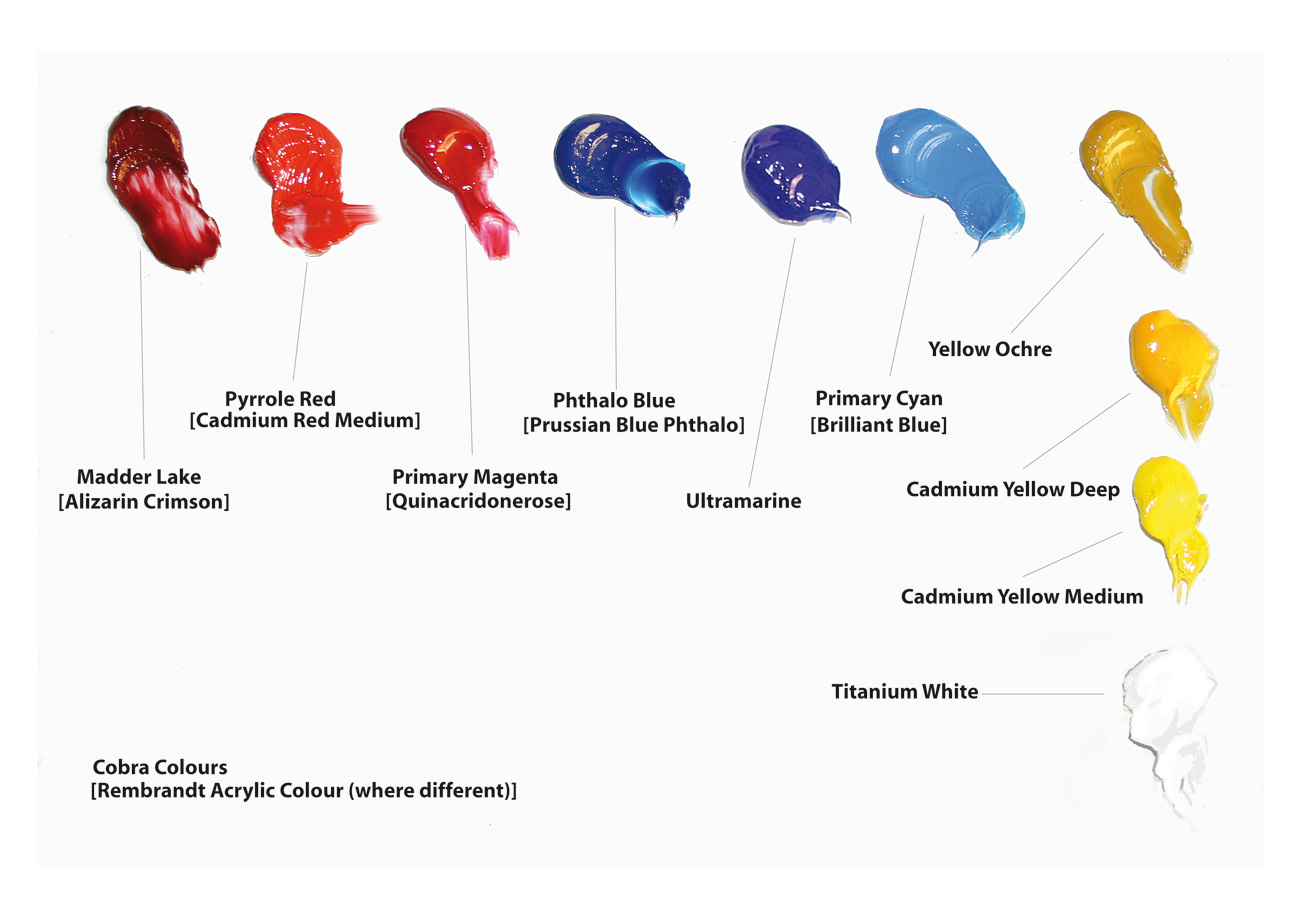
Brushes.
Palette.
In the studio: Glass sheet lying on a white melamine top.


